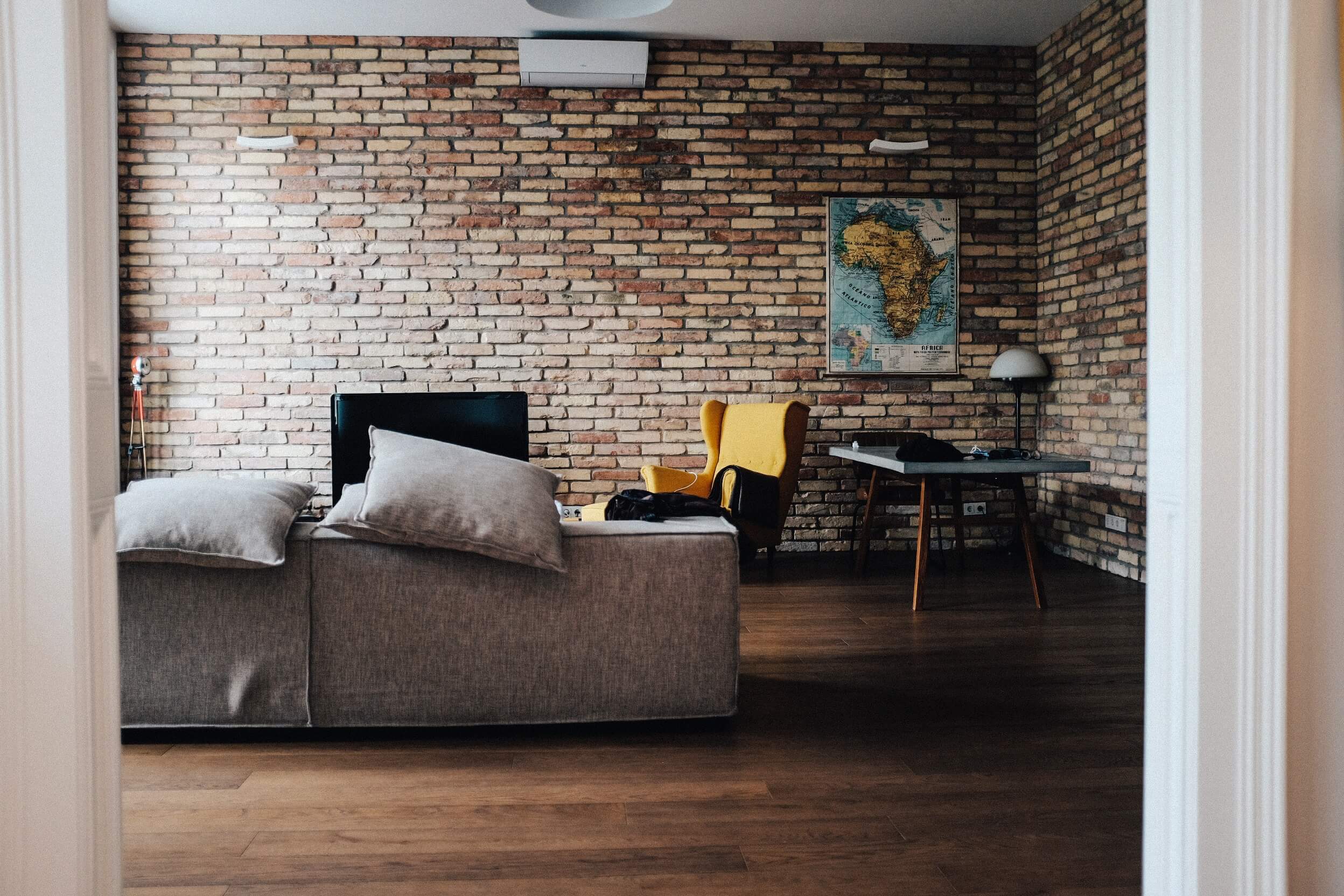Some of what you hear about Passive House is wrong


The Passive House (or in German, Passivhaus) concept is new here and not widely understood. It’s a building standard entirely relevant to New Zealand conditions. Here’s a general introduction. In this post, I want to clear up some of the misconceptions I hear about Passive House.
This objection comes from people who just don’t understand what Passive House is. Because it’s a building standard, measured by the (very small) amount of energy needed to heat and cool the building, it is extremely flexible. Yes, the examples we see from Germany are super-insulated—because they are built for their very cold winters. In almost every part of New Zealand, the same levels of insulation are not required.
I used NIWA data to develop energy models for 17 climate zones the length of New Zealand. This gives us reliable, location-specific data. Passive House designers can use this to help clients make good, cost-effective choices about building components and design.
(This compares to the three climate zones specified in the Building Code—suggesting a beachfront home in Nelson and one up a mountain in Queenstown require the same amount of insulation. You don’t need to be a building scientist to know that’s not true.)
Agreed. People need fresh air and homes need to be regularly ventilated. Older style homes were ‘leaky’ enough that air moved through the sub-floor, roof space and around windows and doors. There was way too much air exchange on a windy day and not enough on a still day. It’s a random and uncontrolled process that doesn’t produce good outcomes.
Modern conventional homes are much more air tight than ones built in the 1920s or ‘60s. These are the homes to worry about! The Building Code still presumes that as long as windows are designed to open, occupants are opening them: regularly, every hour, day and night. Realistic? No.
Increasingly, homes are shuttered tight for long hours as no one is home during the day and people are security conscious and don’t want to leave windows open. A certified Passive House building envelope eliminates draughts and keeps the temperature even. It also keeps out insects and airborne pollutants and irritants and reduces noise.
A fresh air system automatically exchanges stale inside air with filtered air from outside, which also regulates humidity. (A certified Passive Houses is never damp or mouldy.) When it’s cold, the warm air being expelled first heats the fresh incoming air, preventing draughts and wasted energy.
The fresh air system is made up of a mechanical ventilation unit integrated with specific extraction in bathrooms and kitchens. They are small, quiet and very cheap to run. If there’s an extended power cut, just open a window!
If you take existing plans and say to a Passive House designer, make this a Passive House, it’ll likely cost 10-12 per cent more. But don’t make it an add-on: design a Passive House from the outset. It’s not just about fancy windows or air-tight building layers.
Orientation, footprint, position of windows and how the house relates to its environment are all things to be considered. Go to a designer and tell them your budget. You can get a Passive House for what you have to spend by sensible, reasonable compromises — reducing the floor size a little, simplifying the building shape, even reducing the window area if necessary.
eHaus, which has built more Passive Houses in NZ than any other company, say the housing pressure in Auckland is spurring enquiries from people looking to build small (80m2) dwellings on sub-divided land or backyards. Yes, you can build a modest Passive House without spending a fortune.
Wrong. Building professionals who should know better have made confusing statements about passive solar or “passive design” and Passive Houses. Passive solar is about orientating the house and positioning windows to capture the heat from the sun. Glazing lets the heat in and thermal mass like concrete floors stores it.
Thermal mass only works if you like temperature variation. If it’s hotter than is comfortable, some heat will get transferred into your brick internal wall or bare concrete slab. Later when the temperature drops, heat will be released.
I live in a passive solar house with a wall of north-facing glass and it’s not pleasant. The average temperature disguises the massive daily fluctuations. On a sunny day, it can be above 30 degrees inside or more and at night it drops down to within a couple of degrees of the outside temperature.
The beauty of a Passive House is that it will stay 20 degrees everywhere, all the time — with virtually no heating source. When the temperature is constant, any thermal mass will equalise with the ambient temperature indoors and it has little or no effect.
Keep in mind that Passive House is an open source standard — it was deliberately created that way. So anyone can call their building a passive house. Only if it’s a certified Passive House, can you be sure it is what it says it is.
Jason Quinn is a mechanical and aeronautical engineer and ex-NASA rocket scientist now working as a building scientist. He is a Passive House Designer and Certifier. He consults for CORA.
More reading
The Passive House Institute of New Zealand (PHINZ) has a useful site with many resources and a great FAQ page.
Here is a list of certified Passive House designers and consultants in New Zealand.
The Passivhaus Handbook: A practical guide to constructing and retrofitting buildings for ultra-low energy performance by Janet Cotterell and Adam Dadeby is a comprehensive resource.
COR Associates, 14 North Terrace, Kelburn, Wellington 6012
P +64 4 976 5043 | M +21 896 555